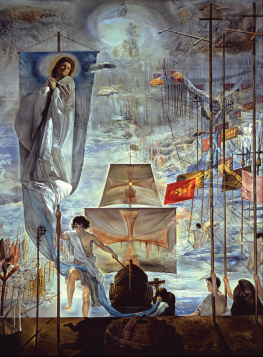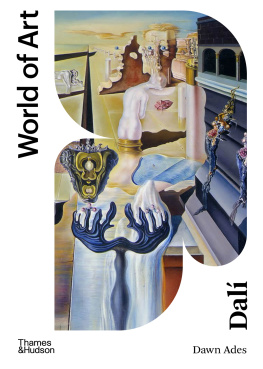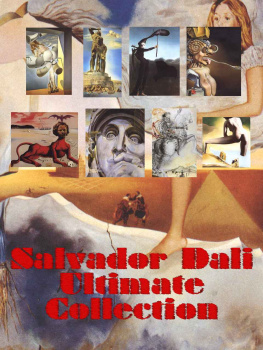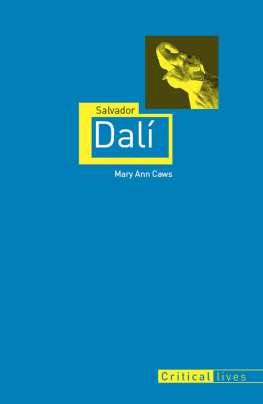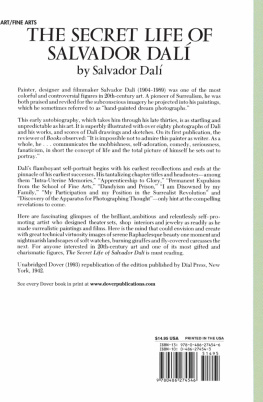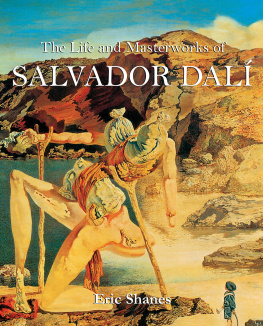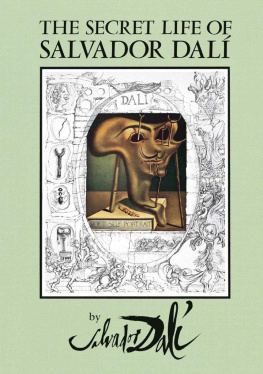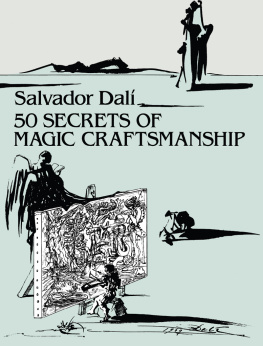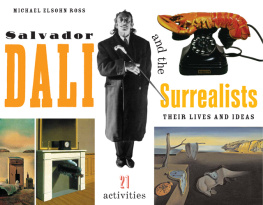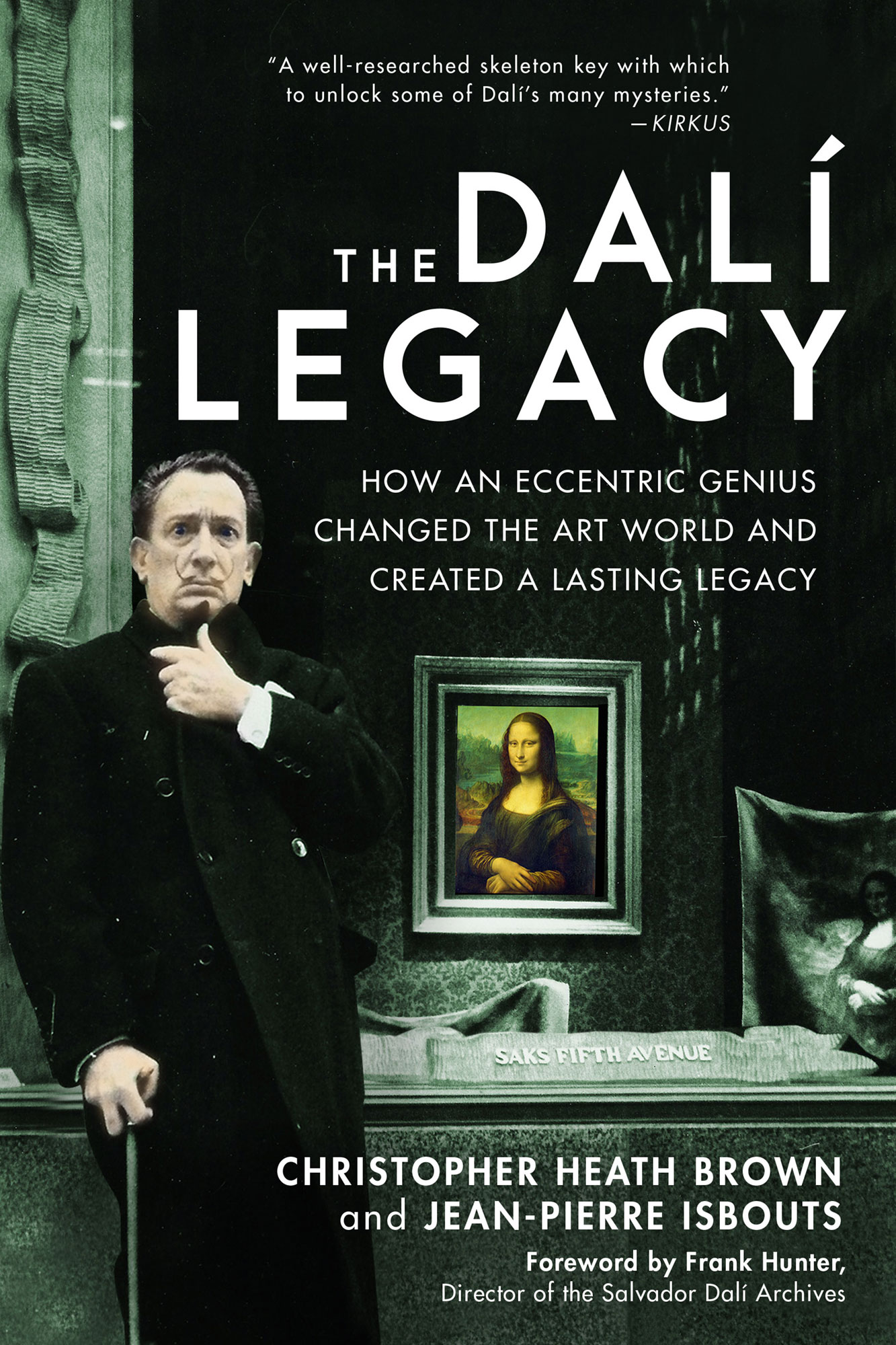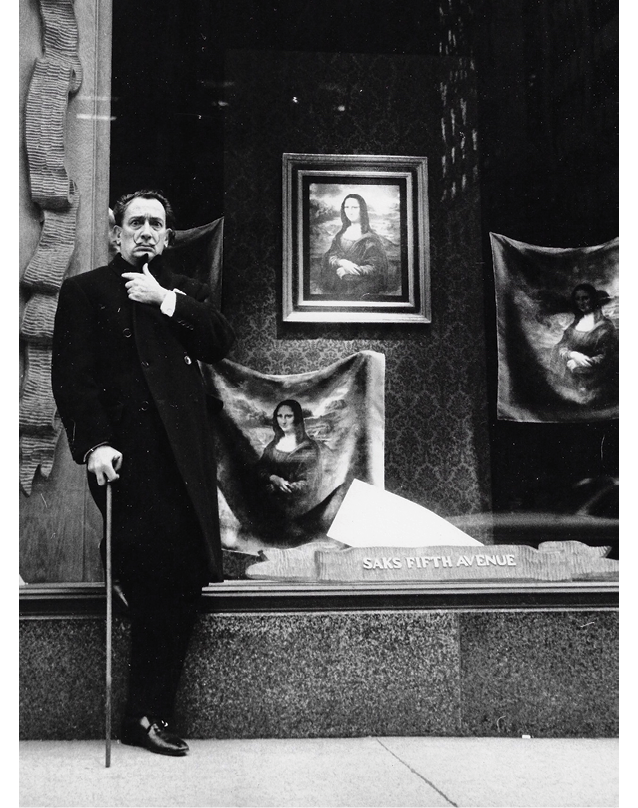Christopher Heath Brown - The Dali Legacy: How an Eccentric Genius Changed the Art World and Created a Lasting Legacy
Here you can read online Christopher Heath Brown - The Dali Legacy: How an Eccentric Genius Changed the Art World and Created a Lasting Legacy full text of the book (entire story) in english for free. Download pdf and epub, get meaning, cover and reviews about this ebook. year: 2021, publisher: Apollo Publishers, genre: Non-fiction. Description of the work, (preface) as well as reviews are available. Best literature library LitArk.com created for fans of good reading and offers a wide selection of genres:
Romance novel
Science fiction
Adventure
Detective
Science
History
Home and family
Prose
Art
Politics
Computer
Non-fiction
Religion
Business
Children
Humor
Choose a favorite category and find really read worthwhile books. Enjoy immersion in the world of imagination, feel the emotions of the characters or learn something new for yourself, make an fascinating discovery.
- Book:The Dali Legacy: How an Eccentric Genius Changed the Art World and Created a Lasting Legacy
- Author:
- Publisher:Apollo Publishers
- Genre:
- Year:2021
- Rating:5 / 5
- Favourites:Add to favourites
- Your mark:
The Dali Legacy: How an Eccentric Genius Changed the Art World and Created a Lasting Legacy: summary, description and annotation
We offer to read an annotation, description, summary or preface (depends on what the author of the book "The Dali Legacy: How an Eccentric Genius Changed the Art World and Created a Lasting Legacy" wrote himself). If you haven't found the necessary information about the book — write in the comments, we will try to find it.
This immersive dive into the life and work of Salvador Dalunlocks the secret of this creative genius and reveals for the first time how his erotically charged paintings changed the world of modern art.
In turns beloved and reviled, twentieth century art, painter, filmmaker, and designer Salvador Dal set Europe and the United States ablaze with his uncompromising genius, sexual sadism, and flirtations with megalomania. His shocking behavior and work frequently alienated critics; his views were so outrageous, even prominent Surrealists tried to ostracize him. Still, every morning he experienced an exquisite joythe joy of being Salvador Dal, and, through a remarkable talent that invited bewilderment, anger, and adoration, rose to unprecedented levels of fameforever shifting the landscape of the art world and the nature of celebrity itself.
In this stunning volume, rich with more than 150 full-color images, noted art historians Jean-Pierre Isbouts and Christopher Heath Brown discuss the historical, social, and political conditions that shaped Dals work, identify the impact of Modern as well as Old Master art, and present an unflinching view of the masters personal relationships and motivations. With their deeply compelling narrative, Isbouts and Brown uncover how Dals visual wit and enduring cult of personality still impacts fashion, literature, and art, from Andy Warhol to Lady Gaga, and seeks to answer why, in an age of shock and awe, Dals art still manages to distress, perplex, and entertain.
Christopher Heath Brown: author's other books
Who wrote The Dali Legacy: How an Eccentric Genius Changed the Art World and Created a Lasting Legacy? Find out the surname, the name of the author of the book and a list of all author's works by series.

